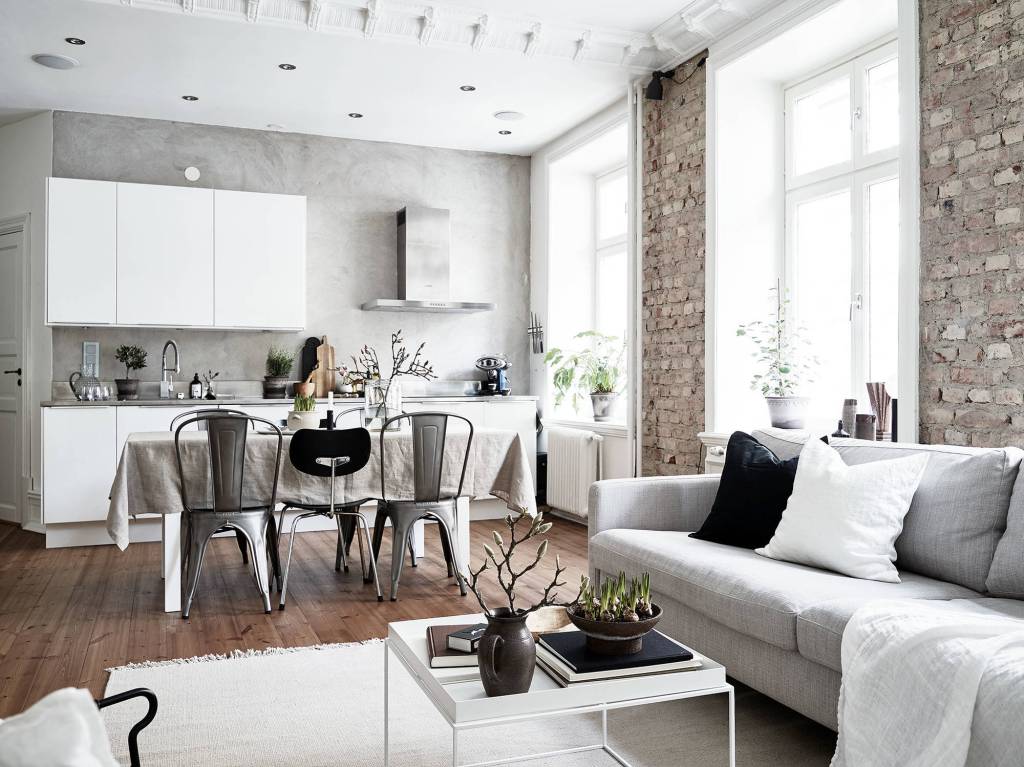Interior design is the science and art of improving the interior of an existing building to make it more aesthetically pleasant for those who use the space. An interior decorator is a person who plans, designs, coordinates, and oversees these improvement projects. The term “interior design” usually refers to the process of arranging furniture, textures, lighting, and other elements within a room in order to create a better and more pleasant atmosphere, often one that gives an excuse for relaxation. It can also refer to aesthetic design.
Interior decorators:
Interior decorators are skilled at finding ways to combine furniture and textiles, wall coverings, and color schemes to improve the comfort level of the spaces they design. The most common elements found in designer homes or offices are carpet, wall coverings, window coverings, paintings, and the overall layout of the spaces. Interior decorators also work to improve the spaces by finding and choosing appropriate ways to display items that will enhance their function and add visual interest to their design. The spaces are often decorated in a way that makes them easy to maintain and clean. In some cases, the spaces are completely furnished, but the job of the decorators is to improve the usability of the areas without making the rooms cluttered or difficult to manage.
- There are many subcategories of interior design including residential, institutional, and public space planning. Residential interior design usually refers to those spaces designed for homeowners who own homes rather than for commercial purposes.
- These might include apartment complexes, condos, townhouses, and so on. Residential designers deal with the unique needs of individual homeowners rather than institutional complex owners.
- They typically work on houses, apartments, condos, and townhouses within a specified geographical area.
An interior designer who works on commercial spaces might work on office buildings, shopping malls, and hotels. The purpose of this type of designer might be to create the most usable and functional areas and furniture within the buildings. The types of spaces that are a priority for commercial interior designers include public space planning and design, which include the placement and arrangement of furniture within the spaces and the design of the spaces themselves. Public design concerns everything that surrounds a public space such as signage, construction, foot traffic, design, and placement of equipment such as escalators.
Focal point is a term used to draw the viewer’s attention to an object. While the focal point can vary, most often it is a piece of artwork, a vase, or another dominant design element such as a painting or sculpture. Designers use the focal point to draw and then focus the eye on a secondary or supporting design element. Color schemes are often chosen to help differentiate one space from another and to draw attention to certain areas of the room.
The final category is institutional design. This category is used when complex structures need to be created by an interior designer. Institutional architecture is vast and complex and involves many elements such as heating and cooling systems, plumbing, mechanical systems, and electrical wiring. These professionals help achieve the complex interiors that are often seen in these types of buildings.


